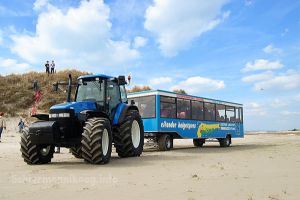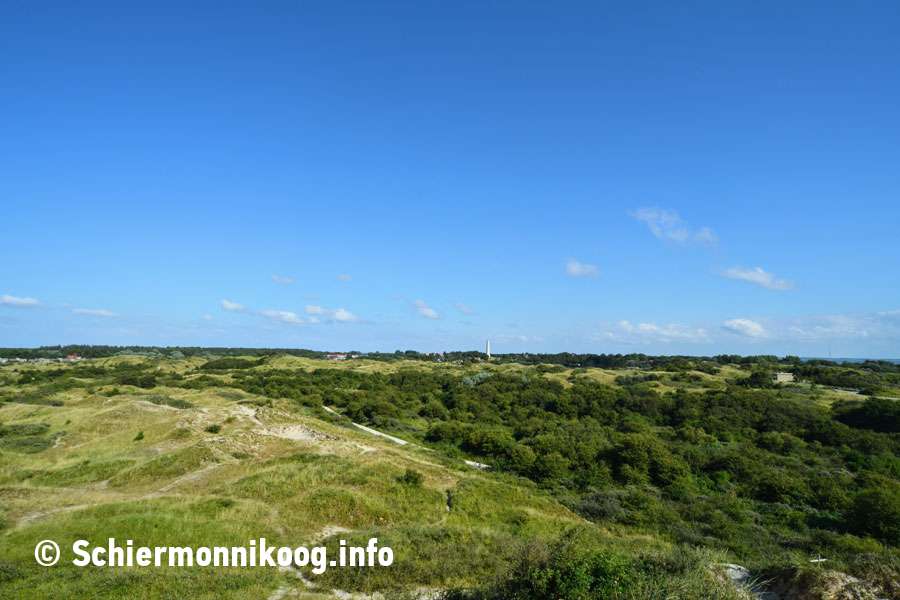
Since 1989, the entire nature area of Schiermonnikoog is officially a National Park. This means that a large portion of the island is a protected natural reserve. Only the village, and the area directly to the north of it, and Banckspolder is not part of the nature reserve. The entire National Park of Schiermonnikoog is about 5.400 hectares (or 54 km²) in size.
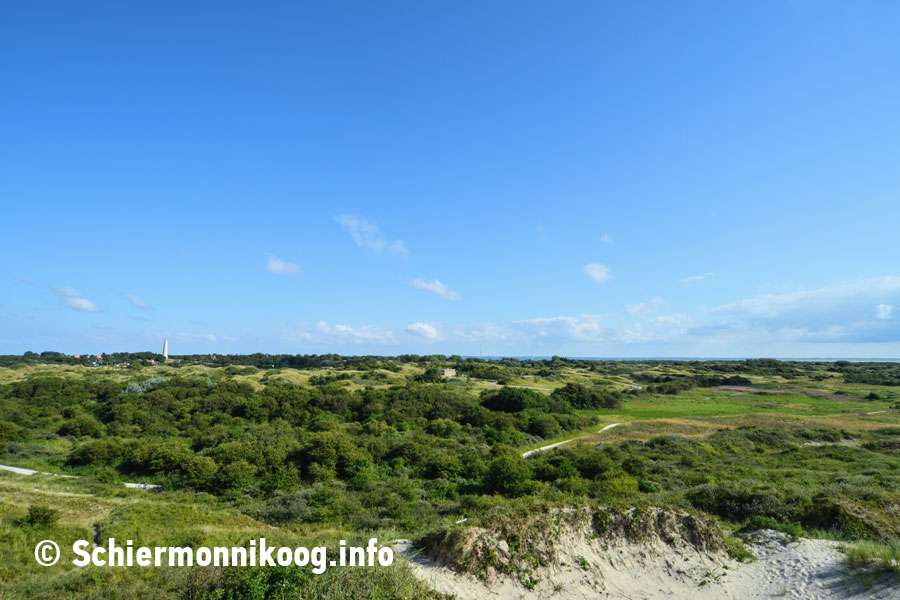
You'll find a well-maintained network of hiking and biking trails, so you can enjoy the nature to its fullest. The alternation of forest, dunes, beach, creek and polder make this nature area one of the finest in the Netherlands.
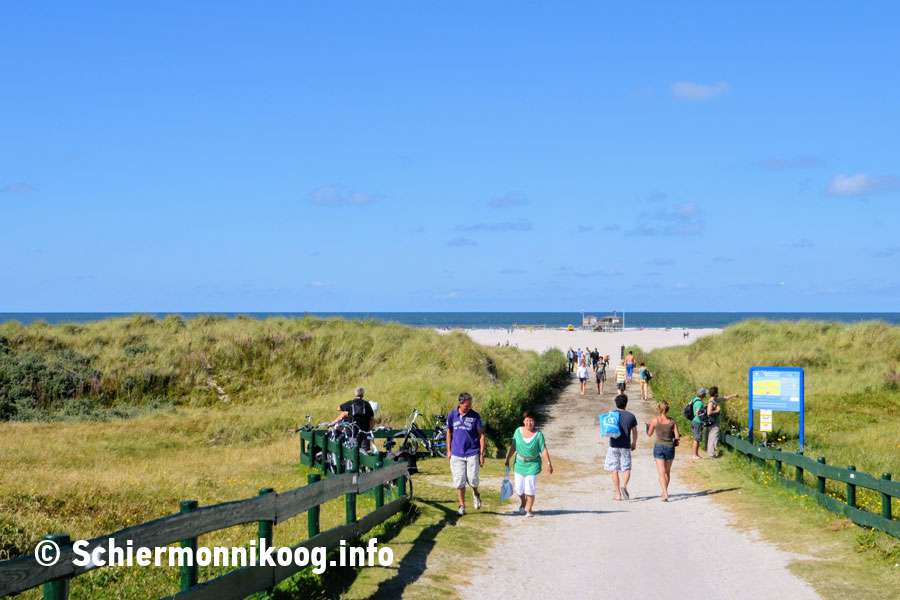
Landscapes
Those who take a close look around Schiermonnikoog will quickly notice that the island has two striking features: it's varied and natural. The island counts eight different types of landscapes: beach, dunes, forest, marsh, polder, the Westerplas, mudflat and the townscape. All of these areas have their own special characteristics including plants and animals:
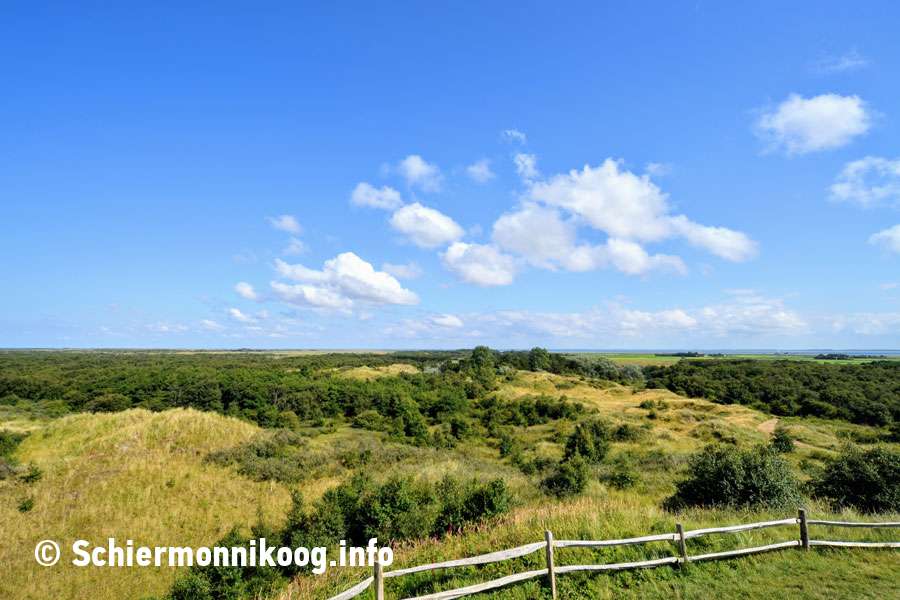
- The flat polder, with grassland birds in summer, and geese in winter time.
- The mudflats, where birds look their meal in of the huge supply of food in the mudflats
- The bare, sandy dune valleys or in the more vegetated dunes, where colorful and fragrant dune plants grow and flourish everywhere.
- The wide beach, where you can easily see how the first little dunes form on the bare sand, and slowly transition into grown dunes.
- The vast salt marshes, where gulls and other birds hatch their eggs in the spring.
- The forest, where you can sniff up the scent of pine and mushrooms which emerge from the dark soil.
- Or near the village where you can enjoy the Westerplas while taking a walk on the green dike, or take a bicycle over the shell paths, or experience the sunset on the Westerstrand.
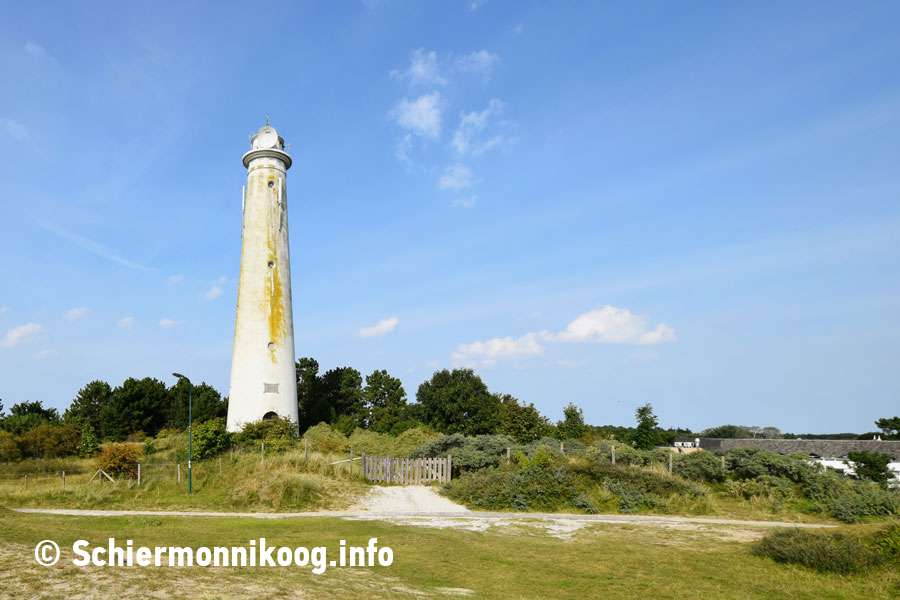
Flora and Fauna
All the buildings are situated on the western part of the island. Beyond that, the roads and pathways are often the only signs of human activity. Explore the island, and enjoy its beautiful nature. See the flowers in the dunes, feel the wind through your hair on the beach, hear the birds in the marshes, experience the salty taste of sea, and smell the mud on the flats.
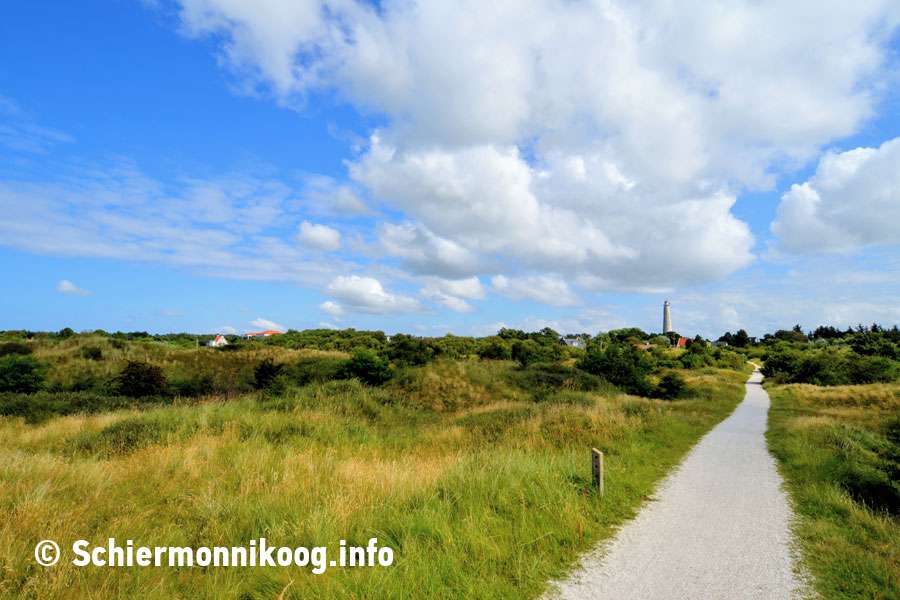
Thanks to the great variety of landscapes, there's many animals, especially birds, and plants on Schiermonnikoog. Almost half of all the plants and flowers belonging to Dutch flora, can be found back on the island of Schiermonnikoog.
Birds
There's a huge diversity of food. For this reason, the Wadden Islands are a beloved resting and breeding place for many kinds of birds. Birds that don't get their foods from the mudflats can also get it from the island. For them there is food to be found from the many berry-bearing bushes and trees on the island, such as hawthorn, buckthorn, elderberry, blackberry and wild rose.
Among other things, the curlew and magpie are often seen on the mudflats. In the fall, winter and early spring, thousands of geese hibernate on Schiermonnikoog. Ducks can often be seen on the mudflats, and in the spring they're in the dunes. Other species of grassland birds (which especially can be heard and seen in the summer), are the oystercatcher, black-tailed godwit, redshank and lapwing. Birds of prey often hover above the island. Also harriers are often seen in the air.
Mammals
Despite of many bird species, there aren't many mammals to be found on Schiermonnikoog. Mainly rabbits and hares live here in large numbers, and keep the vegetation of the island short. The seal is the largest mammal you may encounter. The creatures that live in the sea, such as algae, crabs and shells, you'll find mainly on the beach. The mudflats are also full of life, but it is too dangerous to take a look for yourself. But you can take a mudflat excursion with a guide.
